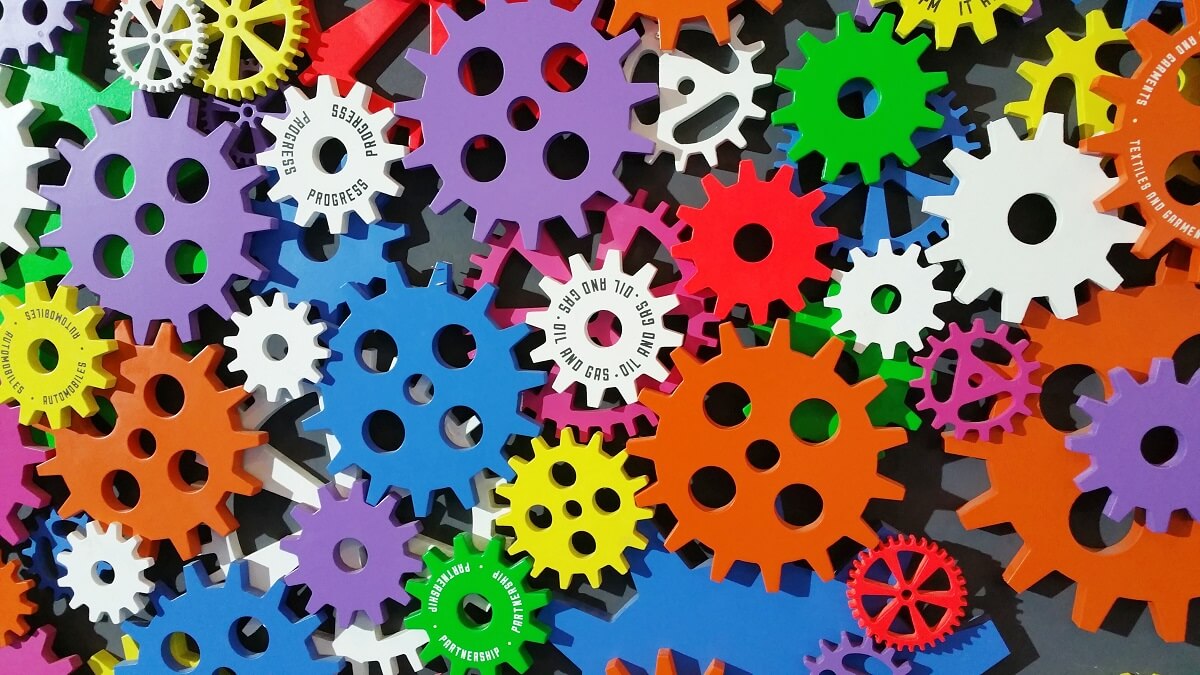Globalisation is responsible for the huge diversity of culture that the entire world is currently experiencing.
With this diversity of culture comes great richness in languages and specifically the sharing of languages. More people than ever before are learning a foreign language, not because a school curriculum makes them but because they want to out of their own personal interest.
It is in this context that the need for translation has increased massively throughout the past few years and companies like Transcripta were born.
Surrounding the field of translation is one heated issue that we keep coming back to again and again: human translation vs. machine translation.
Which of the two is superior? Let’s find out.
Machine Translation: the Advantages
Machine translation comes with many advantages:
- – It’s fast
- – It’s free
- – It feeds from a storehouse of tens and tens of different languages
- – It’s constantly updated
The most attractive qualities of machine translation are definitely the first two – it’s fast, meaning it produces the translated text instantly, and it’s free. Tools like Google Translate and Skype Translator are readily available to anyone who has access to the internet.
But aside from that, a tool like Google Translate has over a hundred languages at its disposal and you can quickly find out the translation of an English word in Swedish, Zulu, Khmer, Swahili, Latin and many other languages.
The bonus is that this technology is being constantly updated. Ten years ago, if you were to type into Google Translate the Italian phrase ‘faccio la doccia’, the resulting English phrase would’ve been ‘I do the shower’. Type it in now, and Google Translate will produce the correct translation: ‘I take a shower’.
Machine Translation: the Disadvantages
Only low-grade quality machines translate word for word anymore (check out this video for a hilarious example). But even high-grade translators aren’t entirely accurate when compared to human translation.
Here are some factors of our everyday language that machine translators are incapable of picking up on:
- – Idioms & metaphors
- – Puns
- – Context
- – Tone
- – Style
In order to translate language, machines break down the words and structure of a source text into categories to then reproduce the structure and words in the target language. This kind of system doesn’t work because language is complex and can’t be simplified into categories.
For example, take this French idiom: ‘Se taper le cul par terre’. It means to laugh ridiculously hard. Google translates it to, ‘Get your a** screwed’.
Even when it comes to normal sentences, Google doesn’t always get it 100% right. Let’s say you’re writing a formal email in English, and you say ‘I’m happy to hear that …’. You now want to translate this into Italian. Google will give you this: ‘Sono contento di sentirlo …’. The word ‘sentire’ is a direct translation of ‘to hear’ but this doesn’t make sense in the context of a written email in Italian. Instead, in human translation you’d say, ‘Sono felice di sapere che …’. ‘Sapere’ being the verb for ‘to know’.
Besides the linguistic deficiencies and the constant probability of dropping an embarrassing clanger, there are also serious legal issues to be considered. Whenever you copy text in Google Translate or other free machine translation services, you are effectively handing ownership of that text to Google. Yes, you read this right! Your written text, over which you hold intellectual property rights now belongs to Google, which is free to use it as it deems fit.
This is highly problematic for texts of a proprietary or confidential nature. The consequences could be disastrous for private commercial agreements, confidential correspondence or other sensitive information. So always think thrice before pasting your text in that autotranslate box!
The Human Touch
The above examples show exactly why human translation is so irreplaceable and vital. Here are things humans can do that machines, so far, can’t:
- – Understand and capture context
- – Understand cultural differences in language, and find suitable alternatives
- – Translate creative language in the form of idioms, metaphors, puns, etc.
- – Review their own work to ensure maximum accuracy
If you care about the content you produce and the way you’re communicating with the outside world, then human translation is the way to go.
Aside from complete accuracy in our produced text, our human translation services at Transcripta can also offer you speed and the best prices around, besides ensuring the safety of your confidential information.



